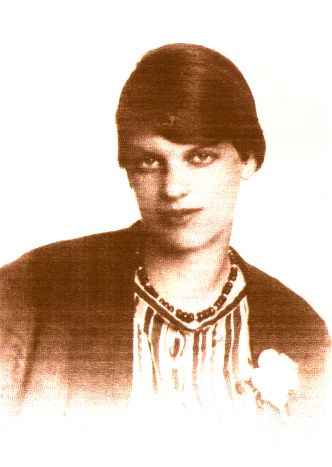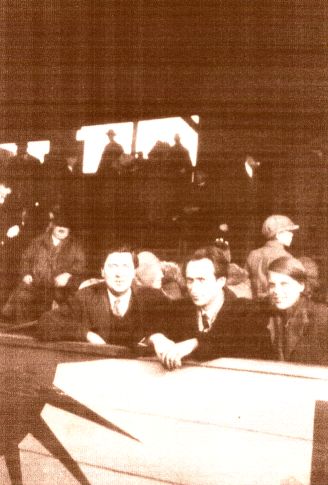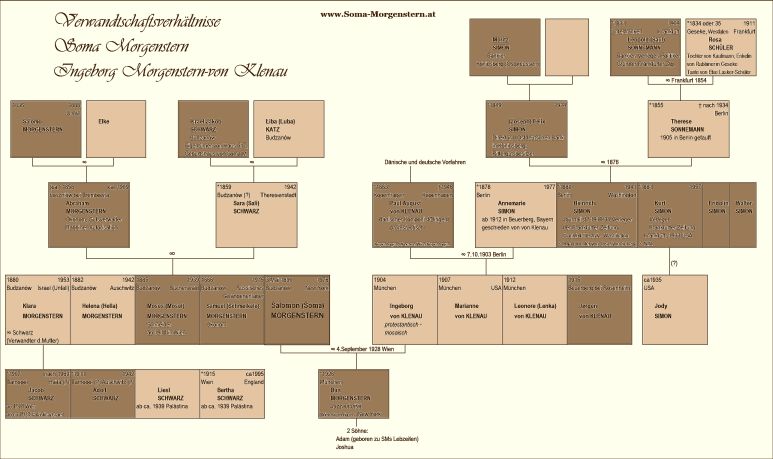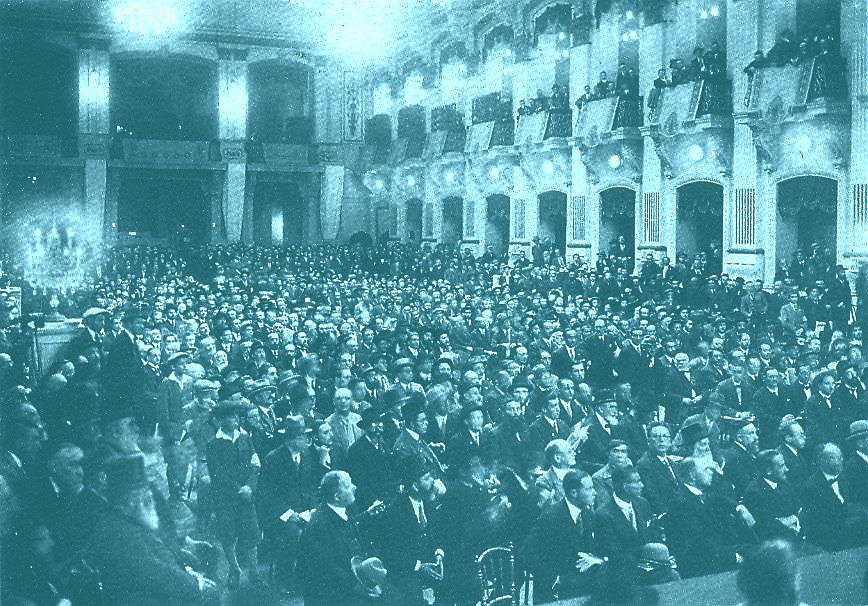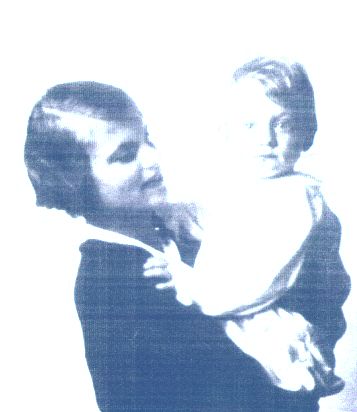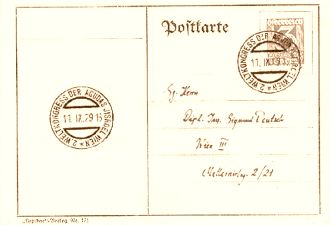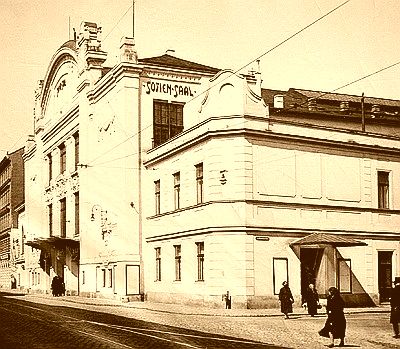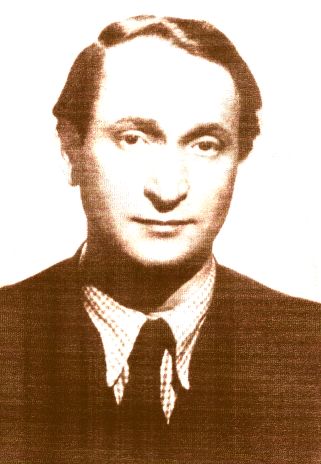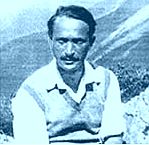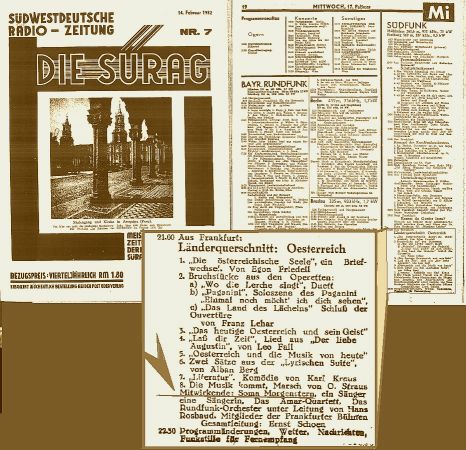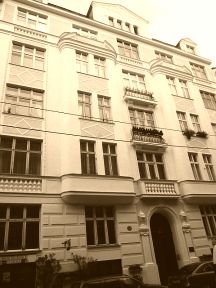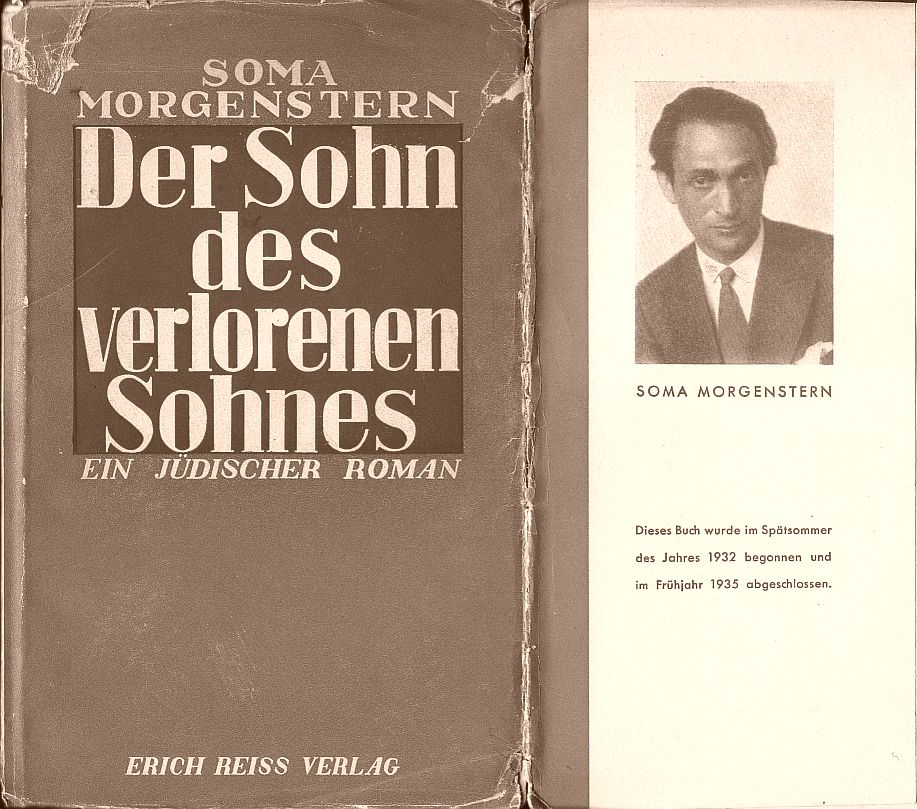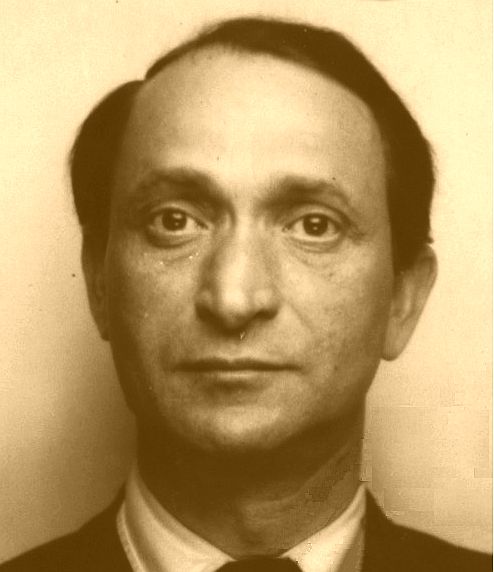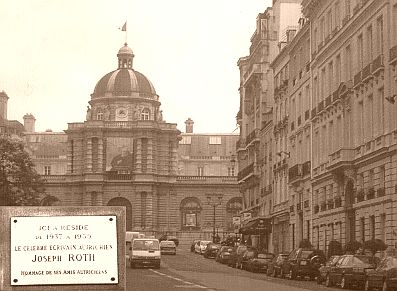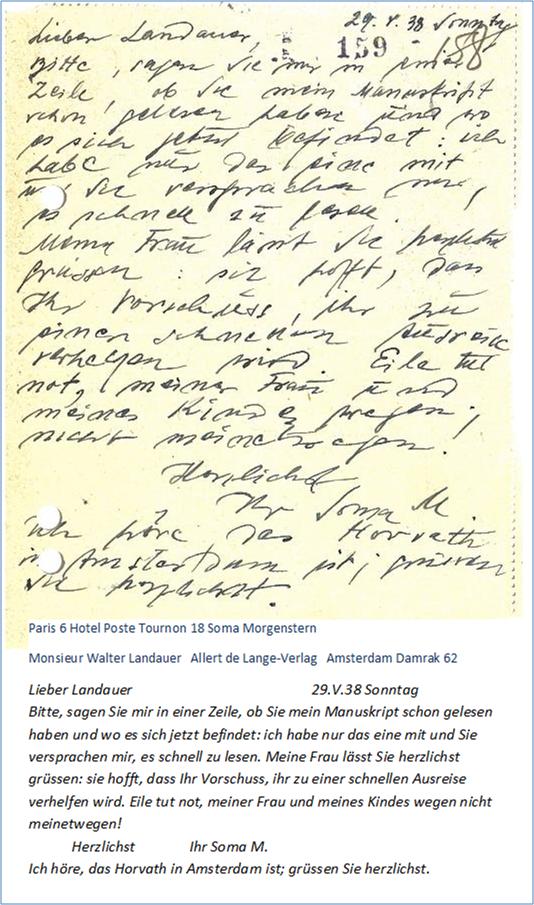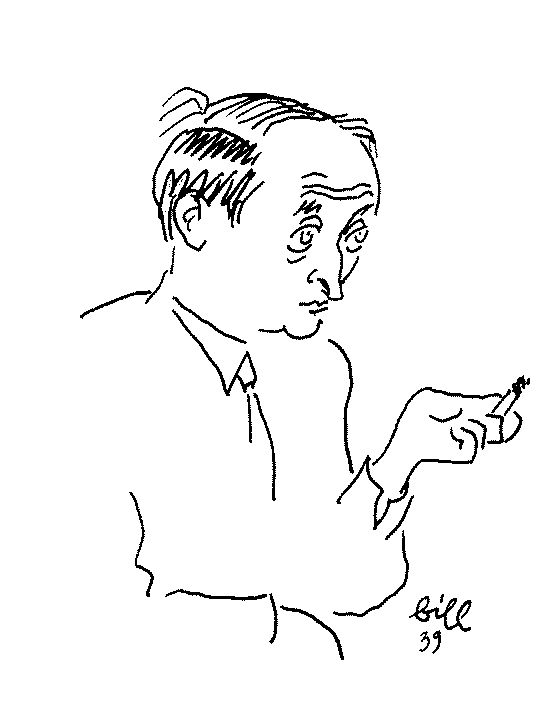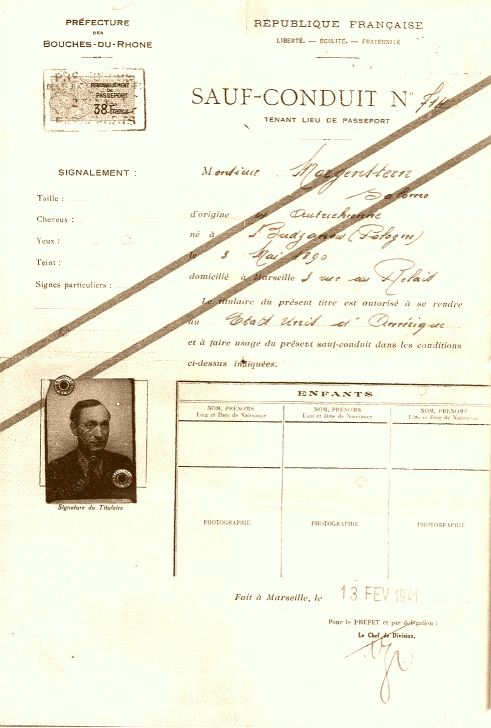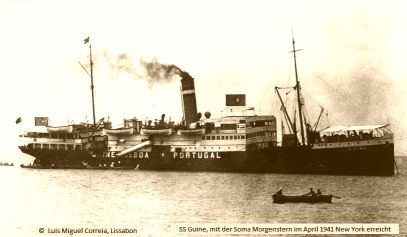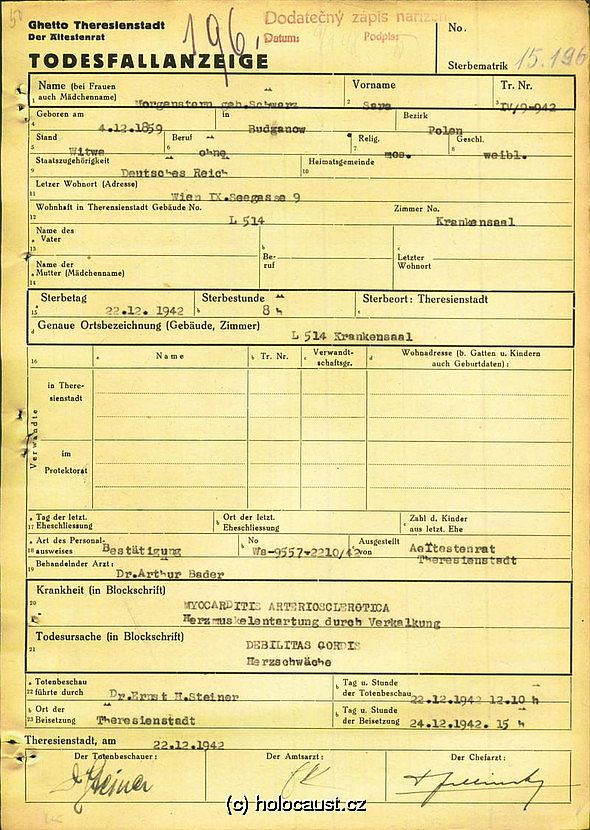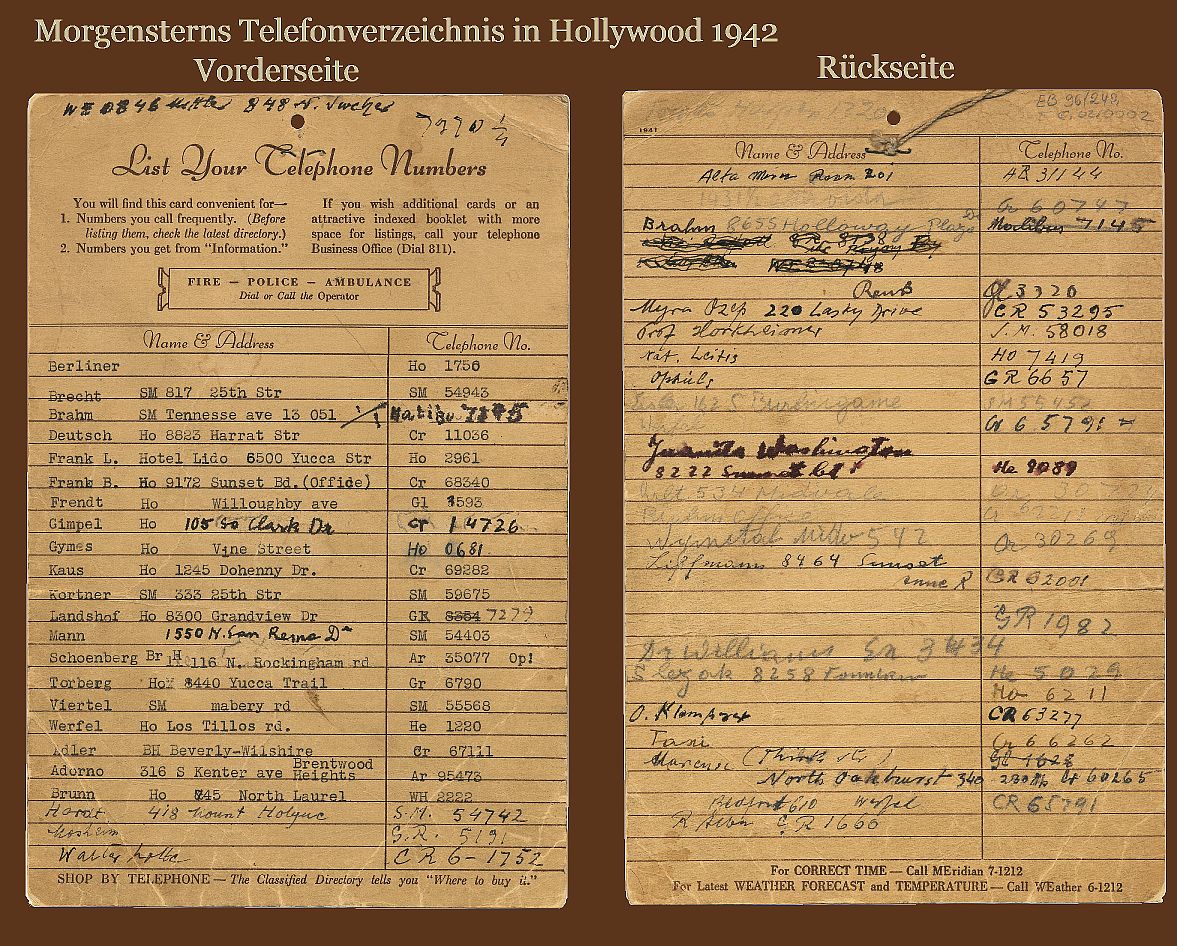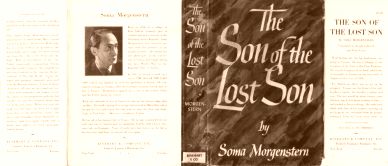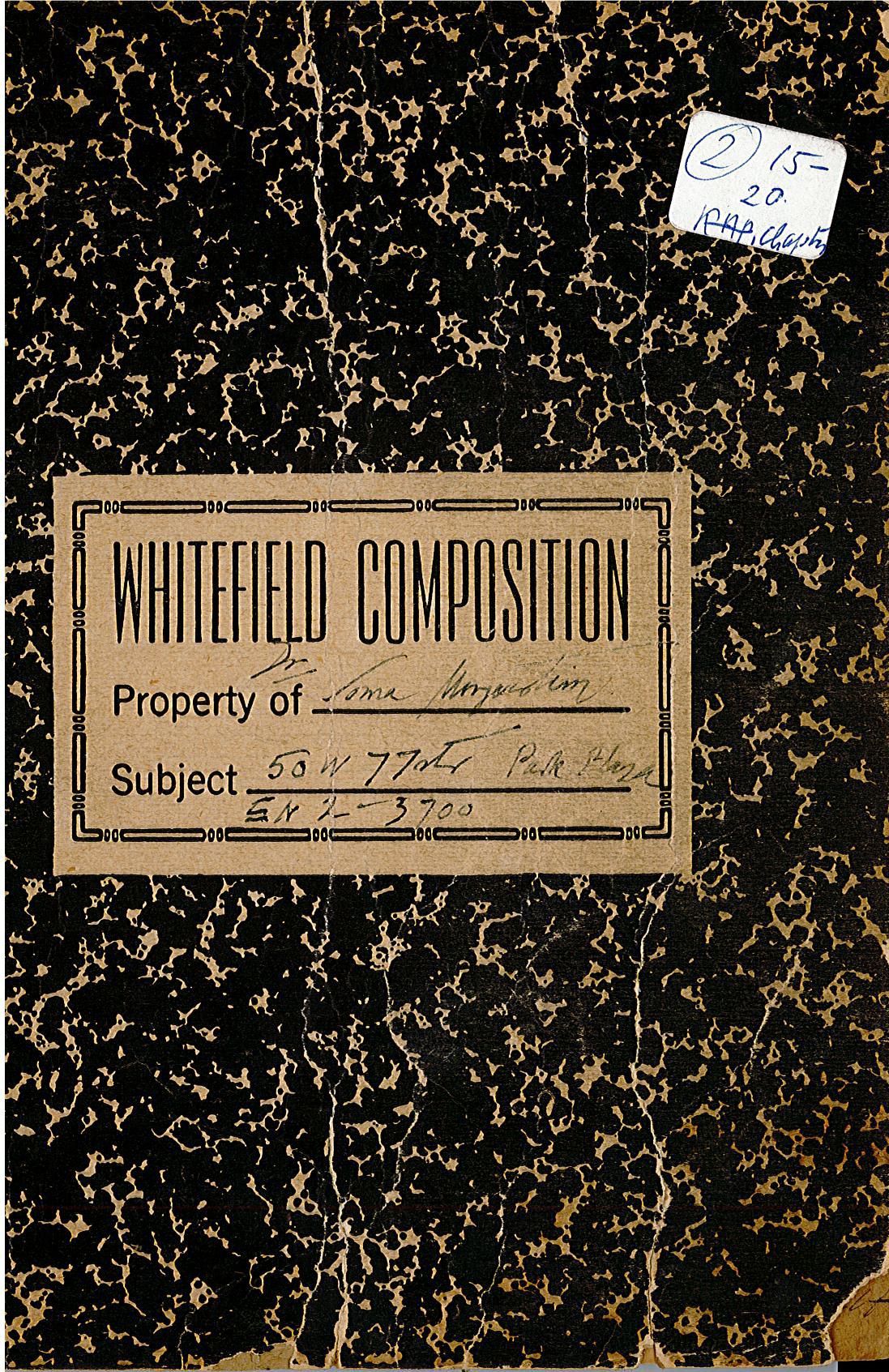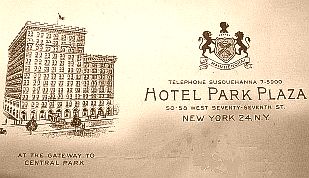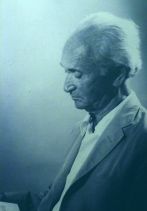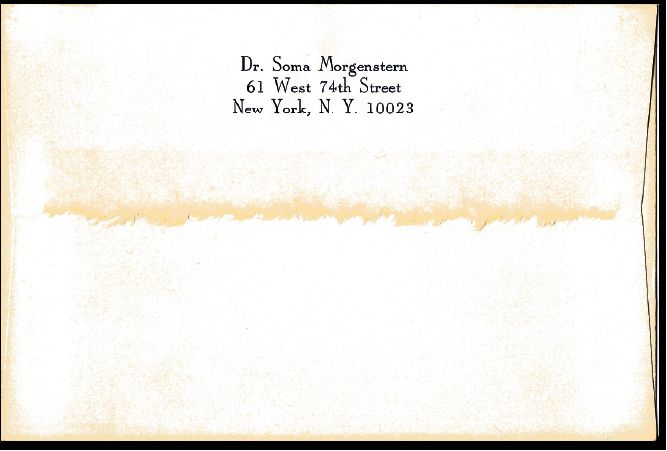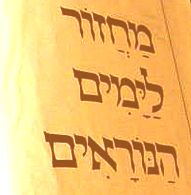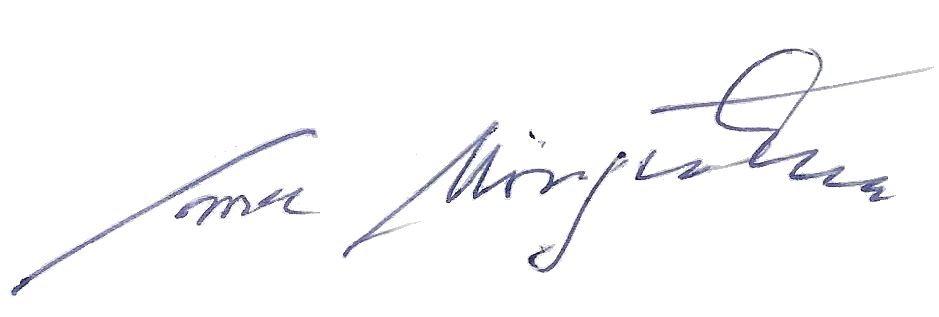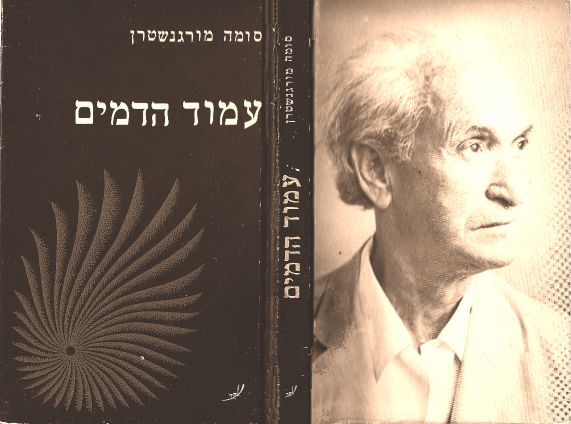CURRICULUM VITAE
Some of the internal links on this page lead for the time being to information in German only.
|
1890 |
May 3: Born as Salomo Morgenstern in the village Budzanów near Tarnopol, eastern Galicia, Austria (Austrian part of the Austrian-Hungarian Empire; today: Budaniw, western Ukraine, district of Ternopil). Sixth and youngest child of a traditional Jewish family. On May 10th Salomon is circumcised in the synagogue of Budzanow. . His father Abraham Morgenstern works as an estate manager and sharecropper in different small villages in the neighbourhood of Tarnopol. The familiy language at home was Yiddish, communication with the (not Jewish) neighbourhood was Ukrainian and also Polish. Location of Galicia, Tarnopol, Budzanow ... |
Pozdrowienie z Budzanowa - Greetings from Budzanow. Old picture postcard
View on Budzanow, Sefer Budzanow, Haifa 1970 |
|
ab 1895 |
The family lives - caused by the occupation of the father - in different villages south of Tarnopol (Loszniów, Burkanów, Dobropolje). SM visits the Cheder and Ukrainian and Polish primary schools. - Learns at home next to Hebrew also German according to the wish of his father. |
Shop in Budaniv (same region south of Tarnopol) where also a Morgenstern has worked. Situation of about 2000. Photo: Courtesy Raphaela Kitzmantel. |
|
ab 1904 |
Visits the Polish secondary school in Tarnopol (today: Ternopil) contrary to the will of his Chassidic father – with the support of the mother. The 1st Gimnazjum (Secondary school) the 2nd (of four) Gymnasium /staircase in Tarnopol 3.May-Street. Old postcard. The school SM visited. Old postcards |
Old synagogue of Tarnopol, which SM probably has visited regularily. Old postcard. |
| 1908 | Visits the theater in Lemberg (today: Lviv). Wants to become theater critic. Occupies himself with western philosophy; critical attitude to religion.
Theater in Lemberg. Old postcard. |
SM (Second frome left; sitting) in school uniform |
| ca. 1909 | Delegate in Lemberg at a conference of Zionistic secondary school students of Galicia. Meets at that occasion the accidently present (not Zionistic) Joseph Roth. | |
|
His father, who was just above 50 years old, dies as a consequence of an accident. Thereby again stronger attention to the religious Jewry
|
Tarnopol 1910 census records |
|
|
1912 |
In Tarnopol: Final secondary-school examinations (general qualification for university entrance) – passed with distinction.
Studies at the University of Vienna: Law – according to the outspoken wish of the deceased father. Attends also philosophic an economic lectures |
University Vienna. The school for law was in the left wing. Post card from about 1910 |
| 1913 | After two semesters in Vienna inscirbes at the Royal Franzens University in Lemberg and continues to study there |
University Lemberg. Post card |
|
1914 |
August 1: (uncertain:) undergoes a voluntary military physical examination (in Lemberg ?) – not qualified As from falls semester: continues to study law in Vienna December 28: military physical examination in Vienna – qualified |
|
| 1915 | February 15: Had to go to war to his regiment, the “home-regiment” of Tarnopol; gets his military formation in Wildon, Styria August 16: transfer to the eastern front (against Russia) |
|
|
1915-1918 |
Participates at WW I in the Austrian infantry in Serbia and Hungary. Follows the officer training in Temeswar (in the Banat; today: Timisoara, Romania). Function as buying agent of horses for the army. His brother Samuel dies in Russian captivity. |
|
| Midth1918 | Returns to Vienna |
|
| 1918/1919 | After the dissolution of the Austro-Hungarian empire SM belongs to the new Polish state and gets this citizenship (because his birthplace is located now in Poland). His attempts to achieve the Austrian citizenship by option were refused by the Viennese authorities (till 1929). – Continues to study law. Wants to become a writer for theater plays. Calls himself Soma. After the war again in company with Joseph Roth in Vienna. Lives in subletting on different places, first within the Gürtel in the 8th district (Albertgasse), later, more in the periphery, cheaper, in Penzing (14th district) . Earns income by giving private lessons. |
|
| 1920 | Translates the Jewish drama Sezowie (The judges) of the painter-poet Stanis?aw Wyspia?ski. (The world premiere was 1907, 1911 it had been picturized. Morgenstern´s translation is lost. In 1937 the work has been again translated into German by Jan Wypler from Kattowitz – who happens to be of the same age as Morgenstern – an published by him privately.) Close friendship with Renée, a French musician in Vienna, who was friend with musicians in Vienna already before the war. She makes SM familiar with the music of Mahler and the Second Viennese School. |
SM |
|
1921 |
January: moves to the more elegant peripheral district Hietzing further information about SM´s places of living in Vienna - in German only |
SMs places of living in Vienna (selection) |
| ab 1921 | Communicates in Hietzing with a circle of Hungarian emigrants (e.g. Lajos Hatvany and Béla Balázs). Becomes aquainted via this circle with Georg Lukács and Robert Musil. |
|
| 1921/1922 | Writes the play „ER oder ER“ („He or He“) |
|
| 1922/1923 | Writes the play „Im Dunstkreis“ (or: Im Kunstkreis – „In the circle of vapor” – “In the circle of Art” ) | |
| 1923 | Meets (the already known by sight) Helene and Alban Berg in the tramway 59, which connects Hietzing with down town Vienna - beginning of a friendship. |
The tramway 59 - © Archiv Wiener Linien |
| 1924 | Meets (at Alban Berg´s home) the Denish composer an conductor Paul von Klenau (who lives partly in Vienna) and especially becomes acquainted with his daughter Ingeborg von Klenau (Her mother is Anna Maria von Klenau, née Simon, sister of the editor of the Frankfurter Zeitung, Heinrich Simon. (Cf. Kin) First articles as journalist for German papers (Newspapers Berliner Tagblatt and, Vossische Zeitung; periodical Die Literatur) |
Ingeborg von Klenau |
|
1925 |
Via Alban Berg acquaintace with the young Teddy Wiesengrund, who refers to himself later as Theodor W. Adorno Assistant/freelancer (exact status of the collaboration is unknown) with Max Reinhardt at the Theater an der Josefstadt. |
|
| 1926 | (Not realized) plan to have a debut performance of „Im Dunstkreis“ at the Theater an der Josefstadt. Works on his third theater play „Imago“ (remains a fragment) Moves to Berlin because of better possibilities to work as a journalist (mainly as a theater critic) Recommends to Alban Berg to use Gerhard Hauptmann´s “Und Pippa tanzt“ (And Pippa Dances) or Wedekind´s „Lulu“ as model for a new opera. Contributes later also with the preparation of the text of Lulu for the opera. |
SM with Alban Berg und Ingeborg in the soccer Stadium in Vienna |
| 1927 | Moves to the newspaper Frankfurter Zeitung and relocates to Frankfurt. There acquaintance/friendship with Walter Benjamin, Siegfried Kracauer and others. End 1927 becomes employed at the Frankfurter Zeitung. |
|
| 1928 | February: returns to Vienna as cultural correspondent oft he Frankfurter Zeitung Wider intellectual circle of friends, (mainly at home in the CaféMuseum (Karlsplatz, center of Vienna) including next to Joseph Roth and Alban Berg also Eduard Steuermann, Otto Klemperer, Jascha Horenstein, Josef Frank, Kaspar Blond, Bernhard Fuchs, Karl Tschuppik, Ernst Bloch, Alma Mahler-Werfel, Conrad Lester [then still Konrad H. Lichtenstern]) July: Observes in Vienna the Schubert centenary respectively the 10. Deutsches Sängerbundfest (10th festival of the German Singer-Coalition). This event is later reflected both in his memoirs and in his novels. September, 4: Civil marriage with Ingeborg von Klenau (born in Munich, Danish citizen, from her mother´s side of German-Jewish origin; has left the Lutheran protestant church before the marriage). Witness to the marriage were the (from Hermann Thimig divorced) Viennese actress Hanna Thimig and SM´s school day friend Dr. Moses Margulies. |
Family tree of (also) Inge von Klenau |
|
1929 |
September: visits the world congress of Agudas Yisroel (organization for observant Jews, who oppose the Zionist movement) in Vienna in the Sofiensaal – also by invitation of his friend Bernhard Fuchs. This visit triggers the plan for the novel The son of the Lost Son respectively the trilogy Sparks in the Abyss.
October: birth of the son Dan . Dan with his mother mit seiner Mutter Ingeborg |
Special stamp of the World congress of Agudas Ysriel in Vienna The "Sophiensäle" in Vienna III, Photo from about 1935 |
|
1930 |
Starts to work on the novel The Son of the Lost Son |
SM |
|
1932 |
Presents a radio show: Contry profile “Austria” at the German broadcasting station Südfunk. |
Announcement of the radio show |
| 1933 |
The Frankfurter Zeitung dismisses SM (as all other Jewish staff) after the takeover of the Nazi Party in Germany
|
Flat in the 2nd district |
| 1934 | Escapes for some months to Paris after the „Februarkämpfe“ (February Uprising of the Austrian Civil War). There he continues to work on his novel Returns from Paris to Vienna and starts to work on the second part of the trilogy Idyll im Exil (English title: In my father´s pastures) Groomsman of Ernst and Karola Bloch in Vienna |
Belvederegasse 10, SM´s last flat in Vienna, 1934-1938 |
| 1935 | Completes the Sohn des verlorenen Sohnes The novel is released beginning of December at the Jewish publisher Erich Reiss in Berlin. Readership and reviewers react predominantly positive. About 4000 copies sold – which is in the given circumstances (the book may be sold in Germany only by Jews) quite successful. At a meeting in the Café Museum with the sick Alban Berg SM does not force Berg´s consultation with the physician Kaspar Blond (in order not to interfere with family matters). SM reproaches himself the rest of his life for this omission, which might have facilitated the death of Alban Berg. December 24: Alban Berg dies of sepsis – probably because of too late called in medical treatment. |
Cover of the first edition |
|
1938 |
March: Flees on the very day of the “Anschluss” (annexation of Austria to Nazi Germany) to Paris. His relatively little endangered wife and son Dan stay for the time being in Vienna because of a illness of Dan
passport photo 1938
May: tries to finance the departure of his wife and son with an advance payment for Idyll im Exil (vgl. cf the here shown letter to the publisher in Amsterdam - in German) August: Ingeborg Morgenstern leaves Vienna together with the son Dan to Copenhagen (1943 to Sweden) SM´s attempts to achieve a Danish visa end in vain |
Joseph Roth´s Café Tournon in the Rue Tournon (photo G.B.Deutsch 2006) Letter to the publisher Allert de Lange in Amsterdam, specialized in exile literature in German |
|
1939
|
Stefan Zweig prompts the English author and translator Joseph Leftwich to translate the Sohn des verlorenen Sohnes (The son of the Lost Son is published in1946) October: Transfer to a camp in Montargis, about 120km south of Paris. Learns there about the death of his brother Moses Morgenstern in the concentration camp Buchenwald. December: residence permit for Paris (probably through intervention of Stefan Zweig). Attempts to achieve a visa for the USA. |
SM in the Café in Paris. Drawing of Bill Spira. Courtesy of the Theodor Kramer Gesellschaft, Vienna |
| 1940 |
Is admitted as member oft he Exile-P.E.N. (Advocates were Stefan Zweig, Hermann Kesten and Joseph Roth) June 3: Transfer in a camp in Audierne in Brittany. - June 20: German troops take over the camp. - June 21: Escapes from the camp together with the Viennese physisist Alfred Reis. Further escape to the south. |
|
|
1941 |
February/March: leaves France and travels via Casablanca to Lissabon. Gets a (new) Visa for the USA through intervention of Varian Fry Das heute noch existierende Hotel Majestic, SMs Quartier in Casablanca. Alte Ansichtskarte. Aus der Passagierliste der SS Guiné
|
SM´s French permit, Marseille, from February 14, 1941 SS Guiné Plaza Hotel (on the right side) at the Central Park |
|
1941-1943 |
Works on Vermächtnis des Verlorenen Sohnes, Flucht in Frankreich (The Testament of the Lost Son, Escape in France) |
Typewritten manuscript of the first chapter of "Flucht in Frankreich" |
|
1942 |
Death of the mother in the concentration camp Theresienstadt. Death of the sister Helena in the concentration camp Auschwitz-Birkenau. |
SM´s telephone directory in Los Angeles |
| 1943 | Returns to NY tot he Hotel Park Plaza |
|
| ab 1943 | Prosperous circle of friends in NY, mainly around the caricaturist Al Hirschfeld and his wife Dolly Haas and around the theater critic Brooks Atkinson; friendly contacts also with his schooldays friend Karol Rathaus, with Alma Mahler-Werfel and others. Active correspondence with old friends in Europe, like Jascha Horenstein, Josef Frank, Klemperer, Kaspar Blond, Anna Mahler |
|
| 1946 | The English translation of the trilogy, The Son of the Lost Son, is published at the Jewish Publication Society of America, Philadelphia and at Rinehart & Company, Inc, New York in the translation of Joseph Leftwich and Peter Gross Acquires the American citizenship |
Cover of "Son of the Lost Son" |
| 1947 |
Ingeborg Morgenstern moves with Dan to New York cf her letter to Sonne July 1947
|
|
|
1948 |
Overwins the paralysis to write, SM had suffered from the last years, and starts to work on Die Blutsäule (The Third Pillar). INTERNAL LINK : Further information (in German only) about the manuscript see "Topics" |
From the manuscript of the novel "Die Blutsäule" (The Third column).Beginning of the 14th chapter. Courtesy Leo Baeck Institute, New York. |
| 1950 | Travels to friends in Europe (London, Paris, Bavaria, Vienna, Zurich, Marseille) and in Israel. Visits in Israel his sister Klara Schwarz, the only close relative who had survived the holocaust. The third part of the trilogy, The Testament of the Lost Son (Das Vermächtnis des verlorenen Sohns, is published at the Jewish Publication Society of America in the translation of Jacob Sloan and Maurice Samuel. (The German original is published only in 1963) |
|
| 1953 | Sister Klara Schwarz dies in Israel by an accident |
|
| 1955 | Die Blutsäule is published at Ferrar, Straus and Cudahy, NY with the title The Third Pillar, in the translation of Ludwig Lewisohn |
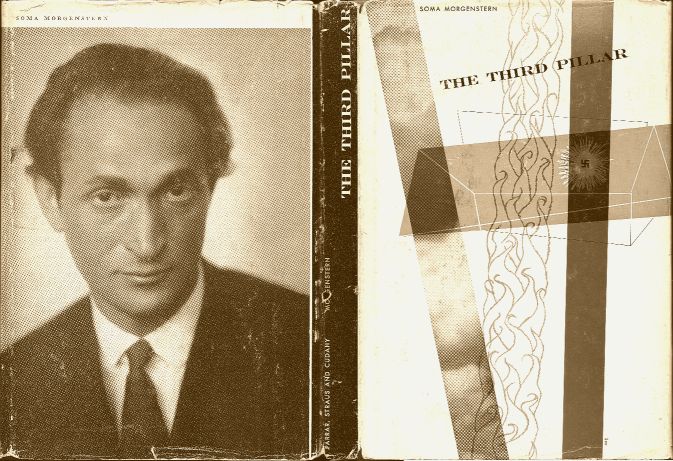 |
| etwa 1955 | Starts to work on his autobiography (till 1976 – remained unfinished) |
|
| 1957 | Second journey to Europe |
|
| ab 1959 | Receives from western Germany a compensation life annuity |
Letter head from 1959 of SM´s abode |
|
1963 |
Das Testament des verlorenen Sohnes (The Testament of the Lost Son) is published at Kiepenheuer &Witsch, Köln, Berlin with the title Der verlorene Sohn. (without reference tot he first and – in German not yet published – second part of the trilogy). Die Blutsäule (The Third Pillar) is adapted to an audio drama by Heinz von Cramer in a by SM approved version and broadcasted twice by the Südwestfunk Baden-Baden, Germany (October 26 and 29, 20.30-22.00 hrs) |
Programme announcement in the German Südwestfunk |
| 1964 | The Hans Deutsch Verlag ( Vienna-Stuttgart-Zurich) publishs „The Third Pillar“ for the first time in the German original version: Die Blutsäule – Zeichen und Wunder am Sereth |
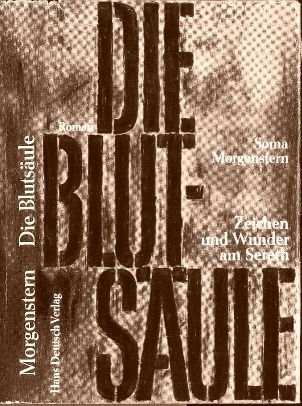 |
|
about 1965 |
Starts to work on his last novel Der Tod ist ein Flop (Death is a flop) |
|
| 1967 | Moves to his wife after an heart attack: 61 West 74th Street (also near to the Central Park) |
Visiting card Courtesy Raphaela Kitzmantel |
| 1968 | Third and last journey to Europe |
Envelope of Soma Morgenstern Courtesy Raphaela Kitzmantel |
| about 1970 | Combines the parts of his memoirs referring to Joseph Roth and to Alban Berg to separate bunches |
|
|
1972 |
The Rabbinical Assembly of New York selects a pray, a paragraph of The Third Pillar, a for their prayer book for Yom Kippur. |
|
|
1973
|
Radio inteview with Rabbi Wolfe Kelman |
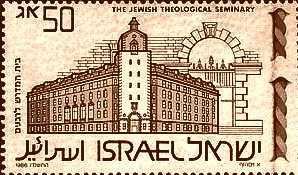 |
| 1976 |
April 17: Death in the Roosvelt Hospital in NY The Hebrew edition of “The Third Pillar” ( SM had been intensively been involved in the preparations and had impatiently looking forward for this edition) is published with delay only shortly after SM´s death at Eked publishers, Tel Aviv in the translation of Manfred Winkler: ???? ????? (Amud hadamim - "The Blood Pillar").
|
Amud hadamim, front and back of the cover |
|
|
||
1994-2001 |
The complete works of SM, edited by Ingolf Schulte, are published at zu Klampen, Lünebrug, Germany. The biggest part are primary publications. |
|
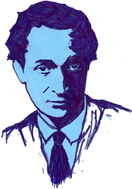
















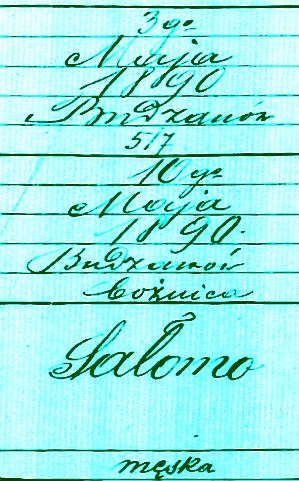

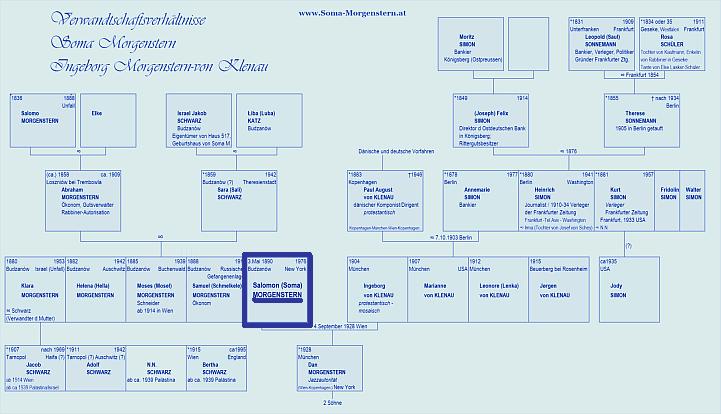
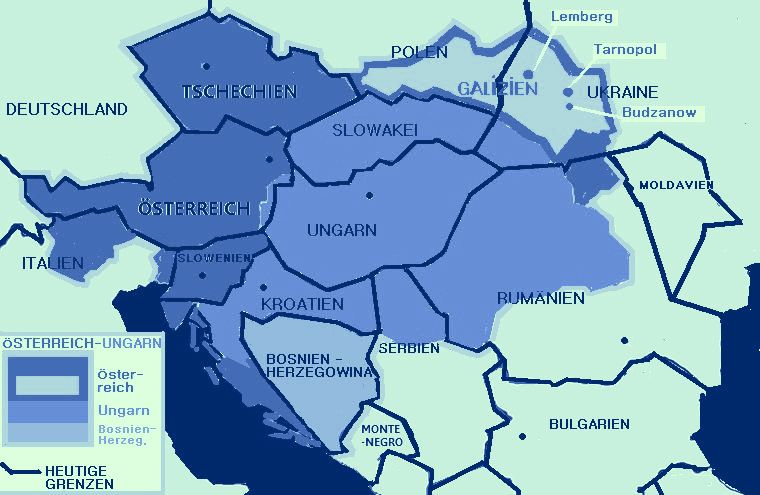
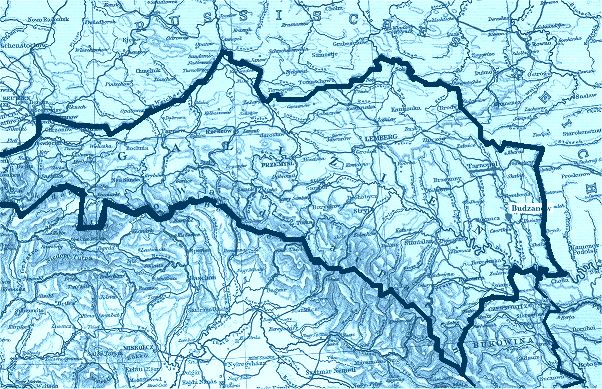
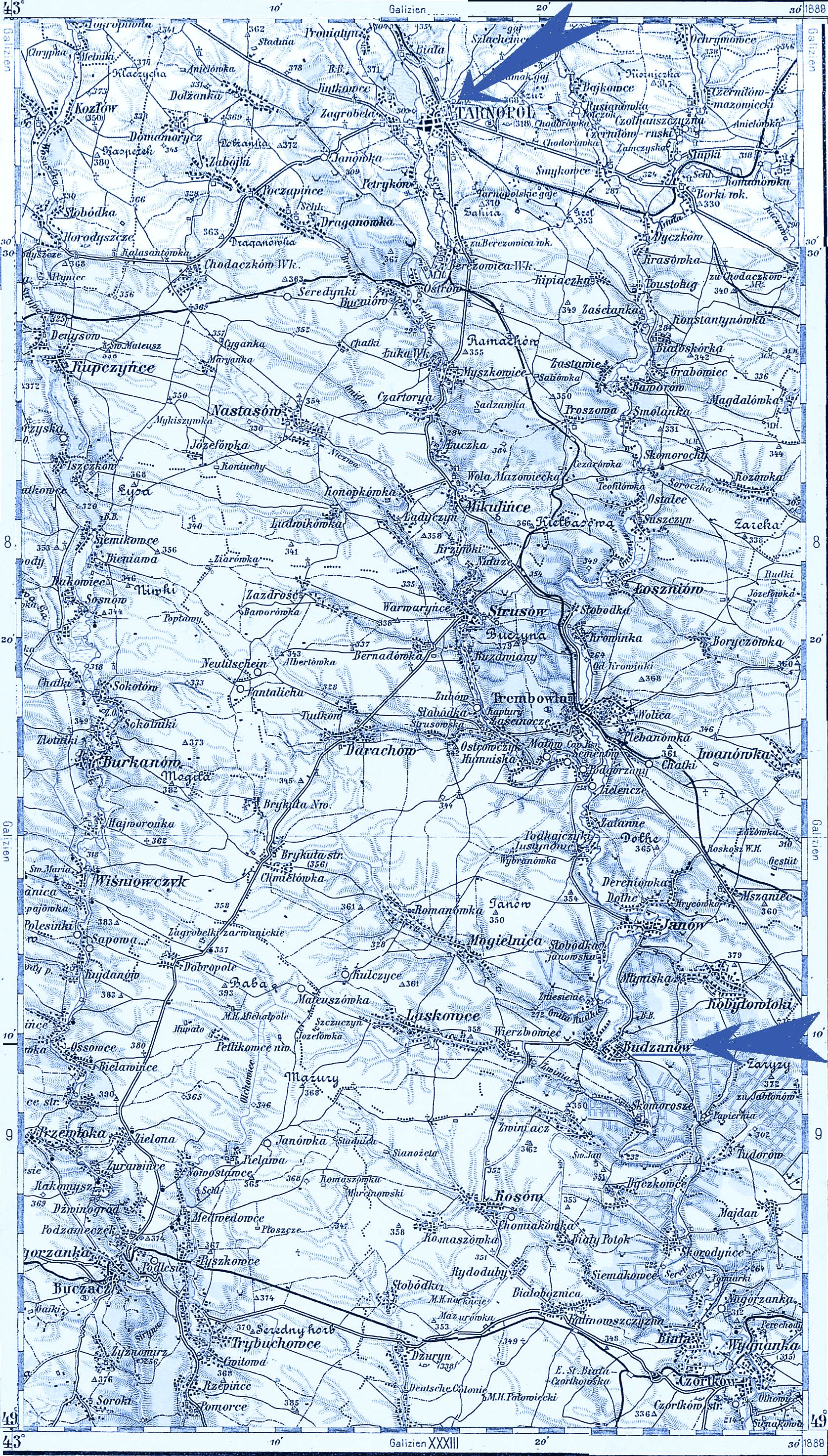

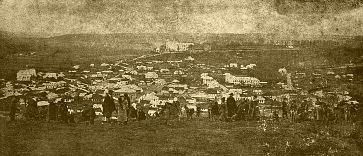

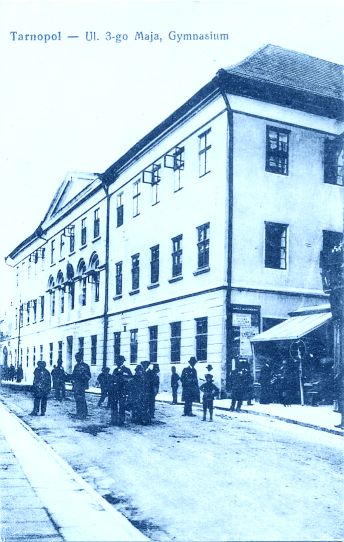
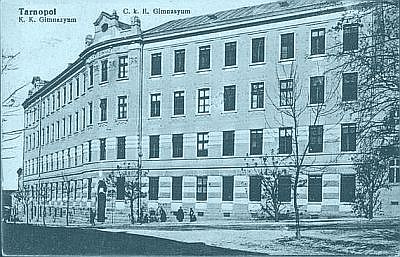
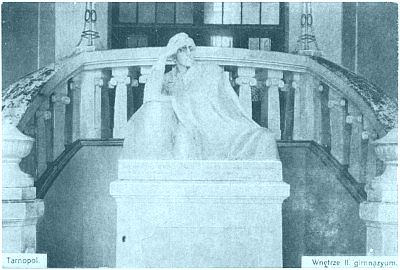
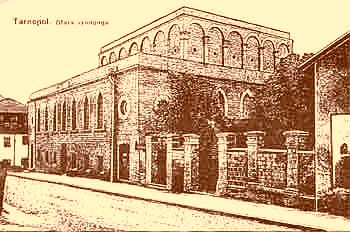
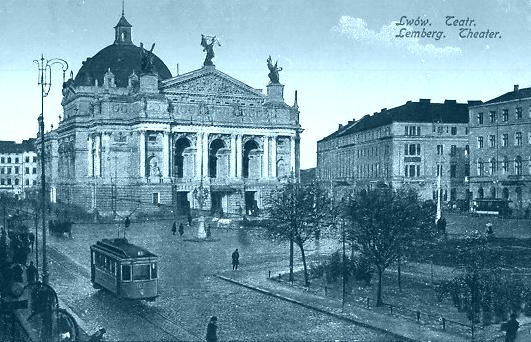
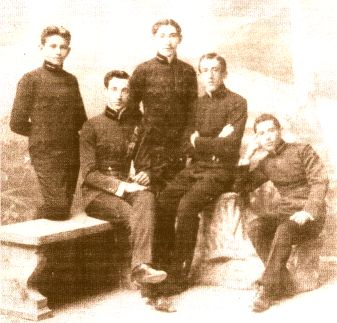
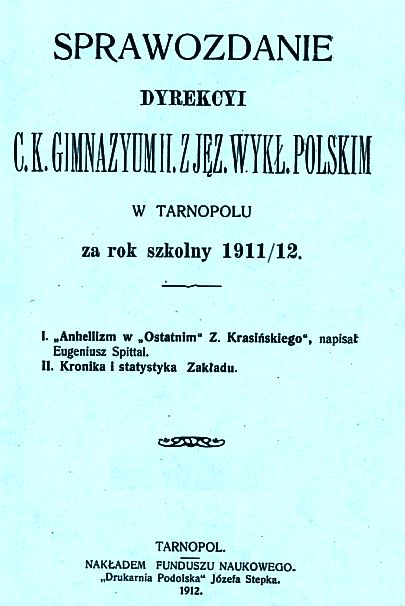
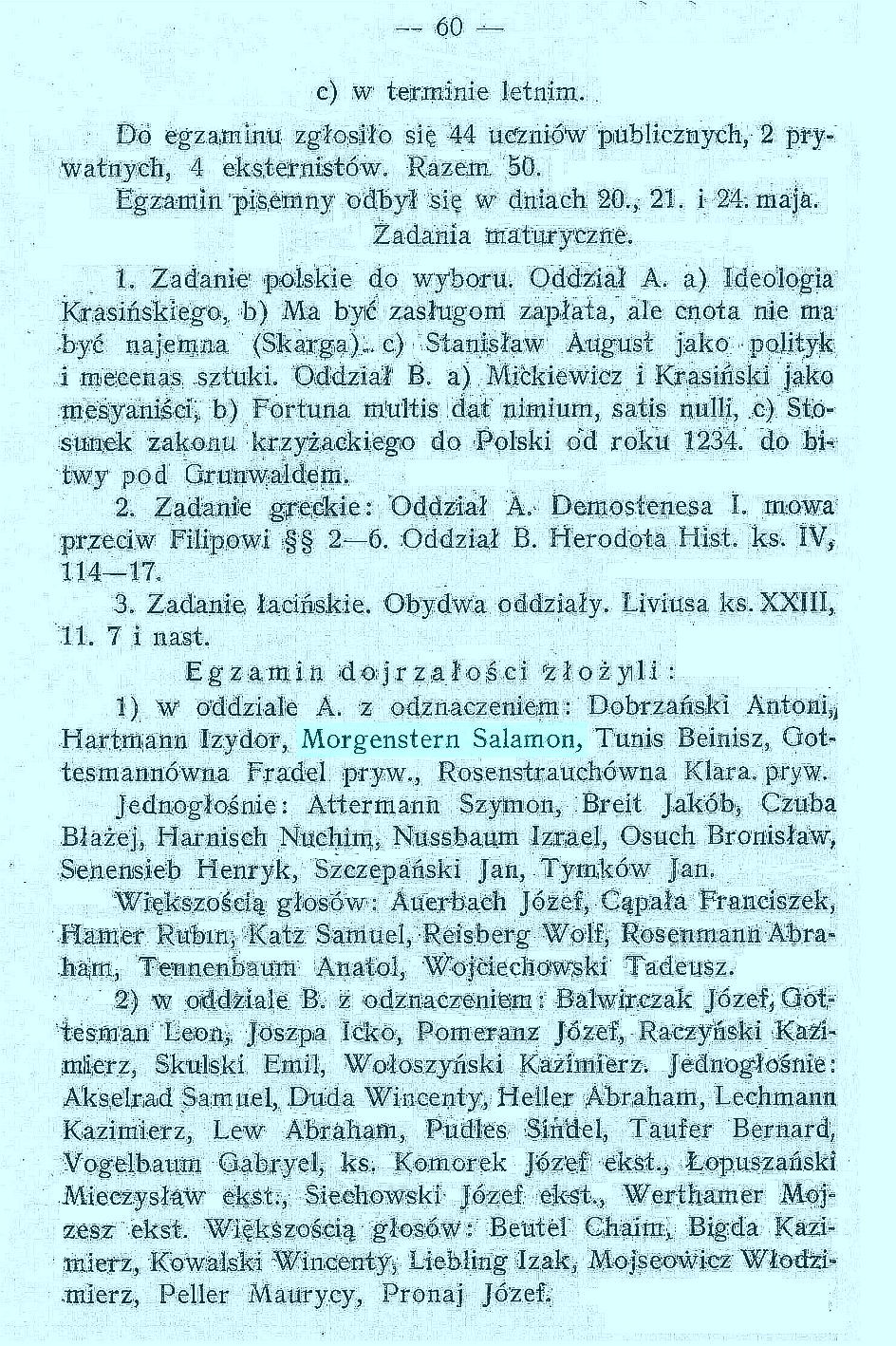
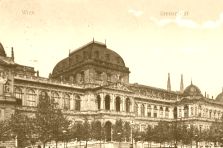
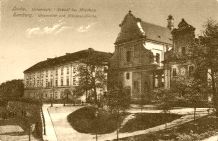
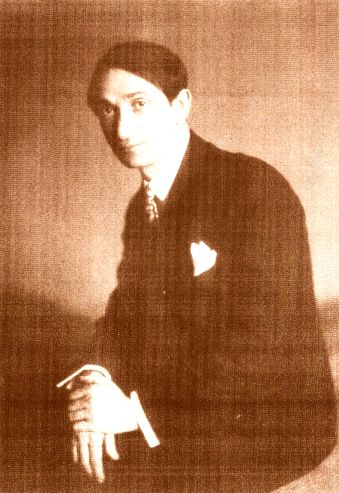
 /
/
